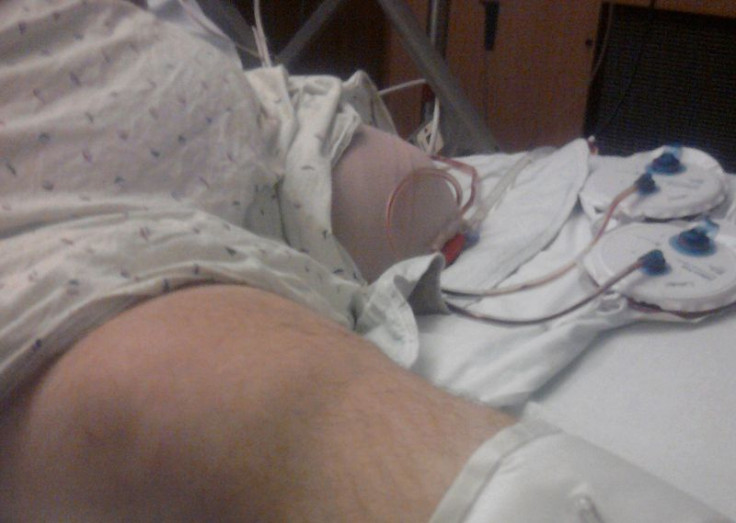Scientists Can Make Non-Amputees Feel 'Phantom Limb' Sensation [VIDEO]

Amputees experience a moderately painful sensation in the area their body part used to be, commonly referred to as the phantom limb. A team of Swedish researchers now claim this feeling can be mimicked in people who have not had an extremity amputated.
A study involving 234 healthy volunteers monitored brain activity when they were presented with the illusion that they had lost a limb. The team of researchers conducted 11 experiments, including magnetic resonance imaging (MRI) to track brain activity in the volunteers.
Participants in the study were asked to sit at a table with their right arm concealed behind a screen so it wasn't in their line of vision. Researchers gently brushed the participant's hand with a paintbrush while copying that motion in midair where they could see that action.
"We discovered that most participants, within less than a minute, transfer the sensation of touch to the region of empty space where they see the paintbrush move, and experience an invisible hand in that position," says the study's lead author Arvid Guterstam. "Previous research has shown that non-bodily objects, such as a block of wood, cannot be experienced as one's own hand, so we were extremely surprised to find that the brain can accept an invisible hand as part of the body."
Experts also used a knife to make a stabbing motion at the space the invisible hand occupied and analyzed the volunteers stress levels. There was a noticeable spike in stress levels when the stabbing motion was being made towards the invisible limb but subsided when it stopped.
Another experiment involved participants closing their eyes and quickly pointing to where they thought their right hand was. By the end of testing, they would immediately point to the missing limb instead of the existing one.
The lead investigator of the study Dr. Henrik Ehrsson said, "This illusion suggests that the experience of phantom limbs is not unique to amputated individuals, but can easily be created in non-amputees."
"These results add to our understanding of how phantom sensations are produced by the brain, which can contribute to future research on alleviating phantom pain in amputees."
The study was published in the Journal of Cognitive Neuroscience.



























